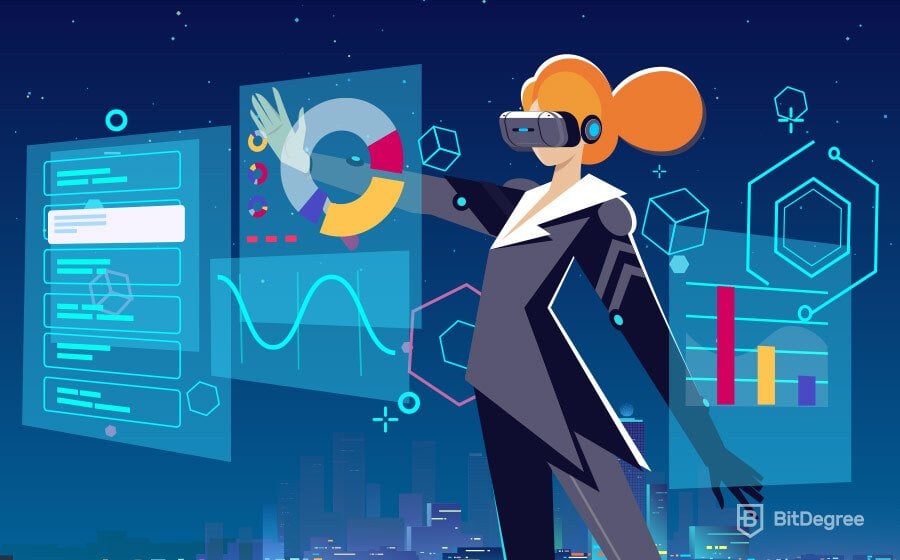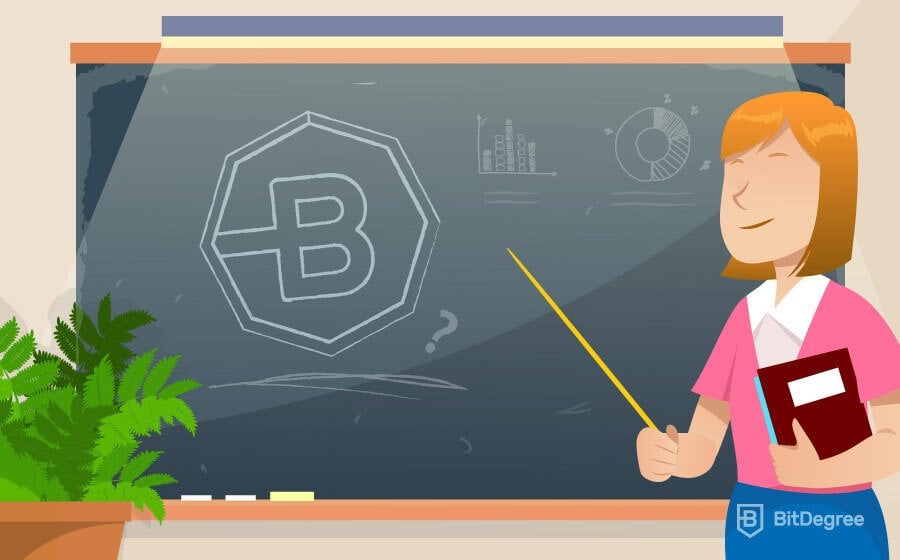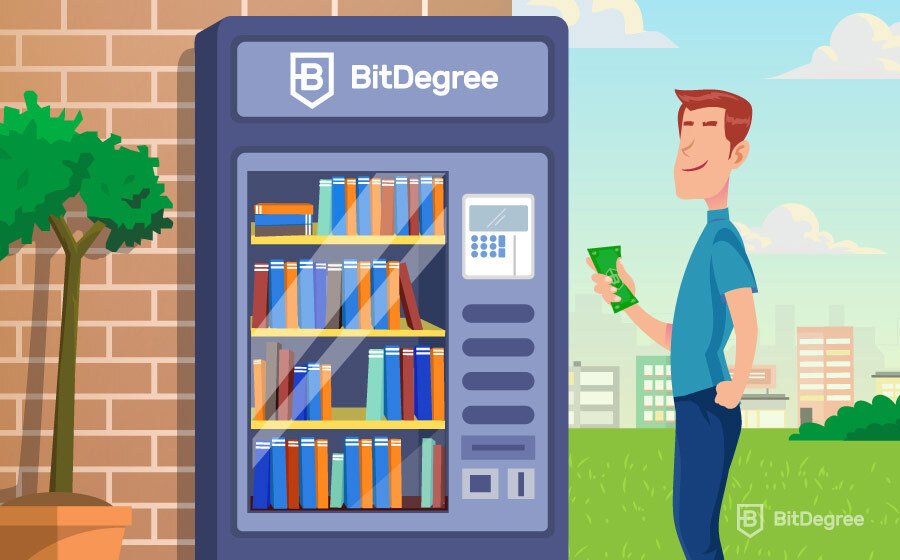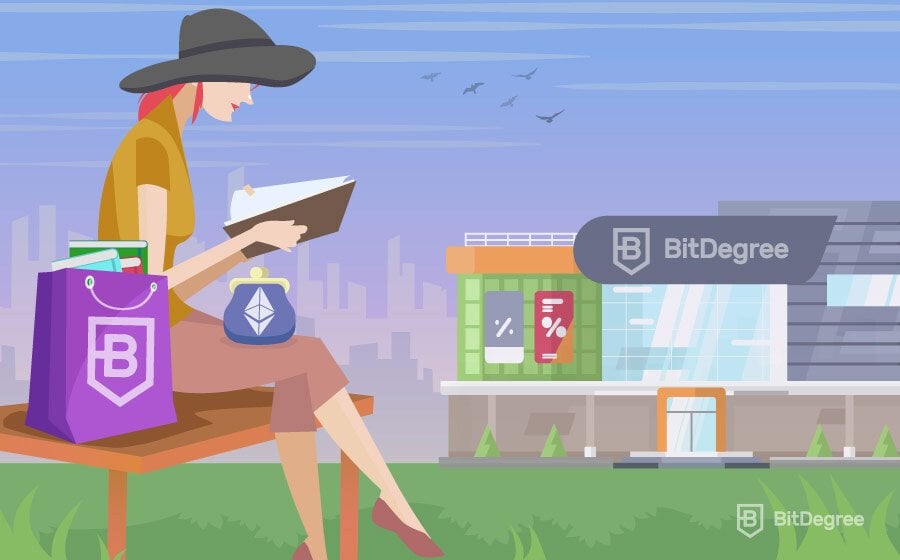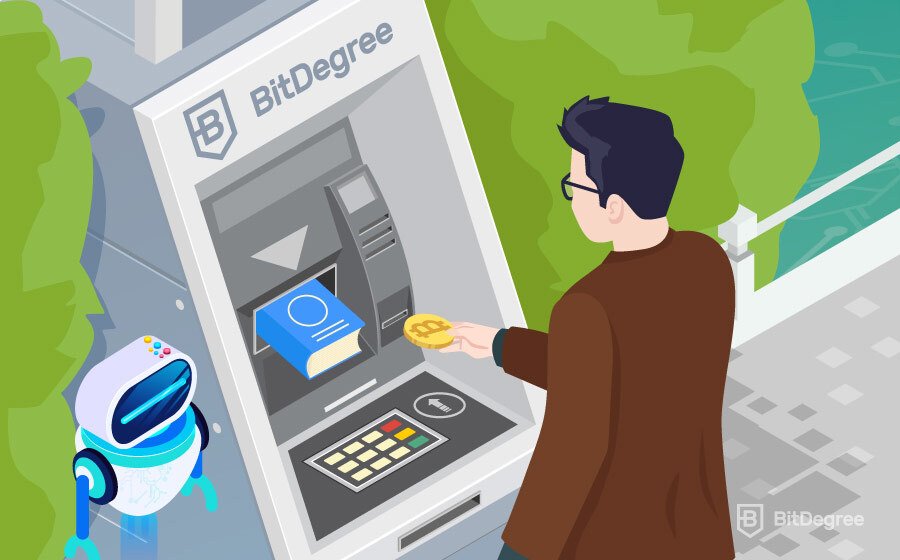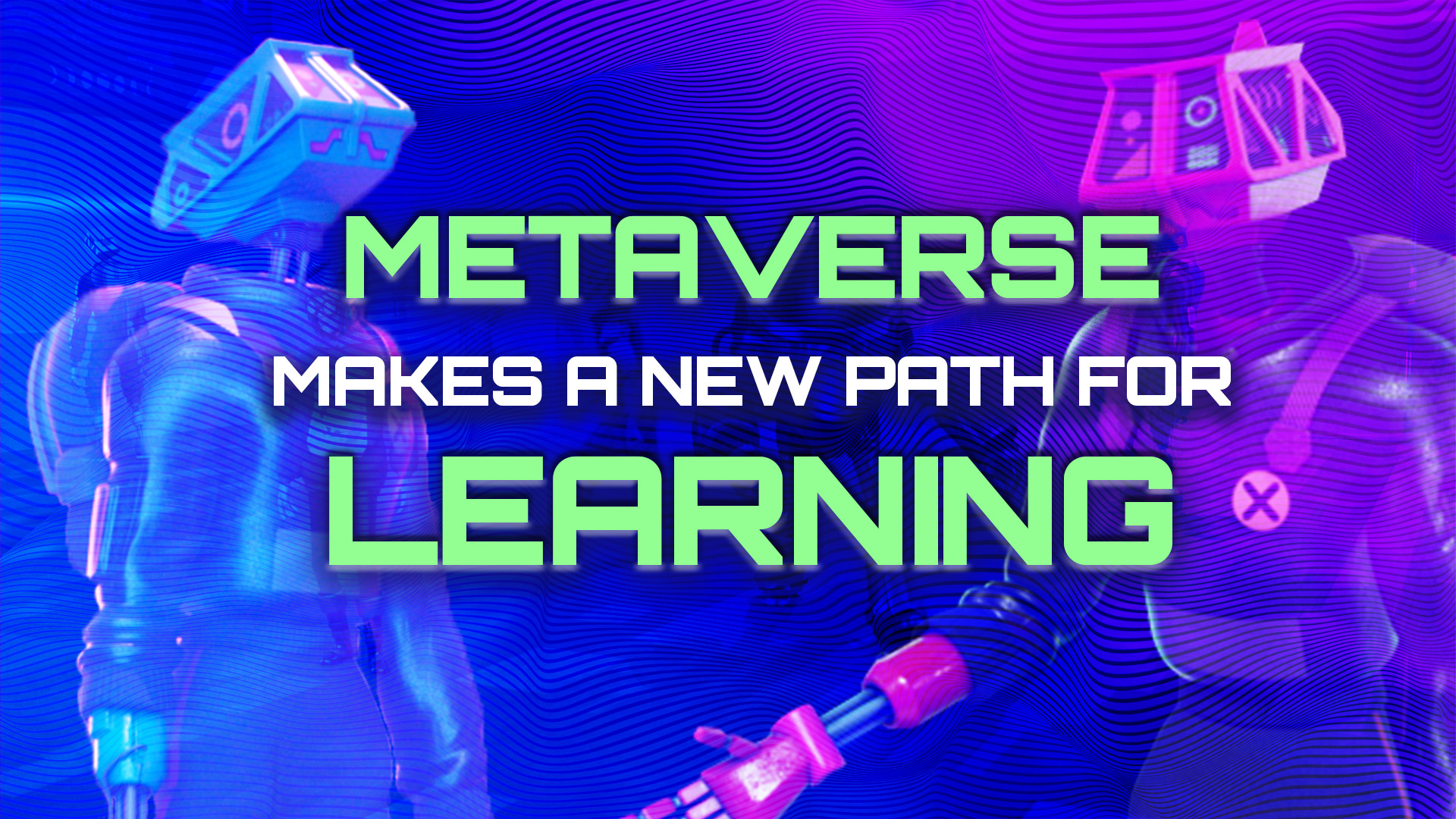Why Should Learning Be Fun?
The digital age came with a ton of engagement crisis issues – however, it is critical to be able to stay focused for as long as possible to actually learn something important. With our attention spans slowly decreasing, we need to find new ways to make learning fun.
The main reason learning ceases to be pleasant is that the traditional education system is kind of the epitome of thinking inside the box. One of the biggest mistakes the schools are making is constantly telling their students to stop joking around and take education seriously for once – and what is seriousness if not the opposite of fun? As soon as a particular activity (read: studying) becomes boring, students start looking for ways to entertain themselves with various distractions. They secretly scroll through their social media apps, play games, or simply count the flies on the ceiling.
The first lesson you need to absorb is that having fun while doing something important is not bad, per se. Fun activities should be embraced because that is where the real potential to keep the student interested and motivated lies. Creativity and imagination are fundamental for students, as it's the only way they can get from point A to point B without the educator's help.
How to Make Learning Fun?
Keeping students engaged with a task can be a tough challenge even for an experienced teacher – therefore, it is crucial to find new solutions for maintaining the students' attention. One of the most critical elements in making education enjoyable is the variety of activities and information. If the lessons keep following the same pattern every day, they will eventually bore even the most enthusiastic students to death. Here are some suggestions on making learning fun:
- Give control. Psychological studies suggest that most people prefer to feel in control of whatever they are doing. That is why it is essential to offer the students a choice on what they will be doing or studying that day and how the process will go. If the scholars can pick a task that seems the most fun and not at all boring to them at the time, the engagement and motivation to complete it will be a lot higher.
- Make it practical. “Where am I ever going to use this?” “Why do I need this information?” It's more than likely you have either asked these questions in your life or been asked them yourself. And what is the biggest mistake you could do answering them? Now that would be telling them they will need it... and skipping the explanation why. If making learning fun and enjoyable is one of your objectives, providing practical examples could increase your students' interest in the subject simply because it will become more relatable and understandable.
- Aside from having breaks between the lessons, add some in the lesson itself. We live in the age of engagement crisis, and expecting that your students will stay focused throughout all the lectures could be one of the biggest mistakes. Their attention span needs to be reset more frequently: just a minute or two for them to have a quick bathroom break, get a refreshment, or take a sneak peek at their phones could help them stay off the distractions during the lesson.
- Gamify it. Gamification in learning has the most significant potential to make the learning process fun. By including game elements into something that is not actually game-related (like studying), you can influence the enthusiasm, motivation, and mood of your students. Achievements, leaderboards, badges, and levels can significantly increase interest in the subject.
Seeing all these methods, it becomes pretty clear that making learning fun is not that challenging of an idea to execute. The main thing you need to know is that educators need to pay attention to their audience and react to it. Once the educators and their students start working towards the same goals, it will be a lot easier to reach them – and one of the easiest ways to start it is through gamification.
How Will Gamification Make Learning Fun?

For starters, gamification is one of the most innovative technological ideas in modern education. Game elements are used to increase the users' involvement and make the whole process more fun.
Gaming-related activities follow humans throughout their whole lives. Before they even start taking their very first steps, babies start getting to know their surroundings by playing games, exploring, and, basically, having fun. That is exactly why it's so essential to understand the meaning of gamification.
Game Elements
Gamified versions of learning systems aim to interact with the user and use various elements to make the process more appealing. Let’s have a look at some of them:
- Leaderboards. Everyone likes to compete to a certain level. Healthy competition between friends, colleagues, or classmates can help a lot while making learning fun and motivating them to work harder and reach the top of the ladder.
- Levels. This is arguably the most common game element that is used to define how much effort has one put into the process of doing something. It works by providing a sense of achievement, which causes the user to be proud of himself. Hence, leveling-up can motivate the user to continue what they started and reach for bigger goals.
- Daily missions. It works by offering the user a certain challenge. Moreover, it's a great way to form a habit in the user's mind: they know that they can come back to the activity every day and find a new task, goal, or objective.
- Rewards. In their essence, rewards are virtual goods that can be used in making learning fun and engaging. Taking on a task is a lot more motivating when you know there is a reward waiting by the finish line. They might not even be that valuable – the idea is to give something back for the users' effort and not provide them with extra luxuries.
- Avatars. Customizing your profile, channel, or virtual character leads to attachment: you create something from scratch, so it feels like you have complete ownership of it. The growing desire to improve your creation is a good motivator; therefore, providing a chance to add custom touches is a fun way to engage the users and encourage them to keep coming back to the activity.
All of these elements can be found in modern games and have been proven to bring huge benefits, so it's a great idea to take them into serious consideration for educational platforms as well.
Why Is Gamification in Learning Effective?

Every specific game element is applied in order to have a certain impact on the user. Since every student is different in terms of talent, capabilities, and determination, it is essential to acknowledge the importance of an individual approach. While they might seem extremely hard or even impossible to follow in public schools or universities, the digital age has its own strengths. Let's see why gamification is so vital in making learning fun as well as effective:
- It gives the student full autonomy. Autonomy, or simply free will to act, is vital – especially to teenage students. Having the freedom to act whenever a person desires and make their own decisions naturally raises the feeling of responsibility. On the other hand, defining a specific goal and setting clear boundaries will prevent the activities from getting out of hand.
- It gives a feeling of achievement. A lot of gaming elements are applied in order to define the special achievements of the player – you get badges, mastery points, and so on. Doesn't it make you raise your head just a tiny bit higher in pride? Well, imagine the feeling when you suddenly realize that you just mastered a certain topic in a subject like science. Feels good, right? You didn't just waste your time – you reached a tangible goal!
- It adapts to every student's needs. As we've already covered, none of us are the same. We see and experience the world in different colors, which also means it takes different methods and amounts of time for each of us to learn something effectively. In this case, gamification in learning allows the user to choose the difficulty level so that the ones who are having a hard time understanding the topic could take their time in mastering it.
Conclusion
Making learning fun is an easy task to execute... if you use the right methods. It is essential to understand that different kinds of scholars and even different generations also require different education types. Having fun is what drives us and makes us feel more engaged in the activity, so with the help of gamification in learning, professional growth can be plain sailing, too!
